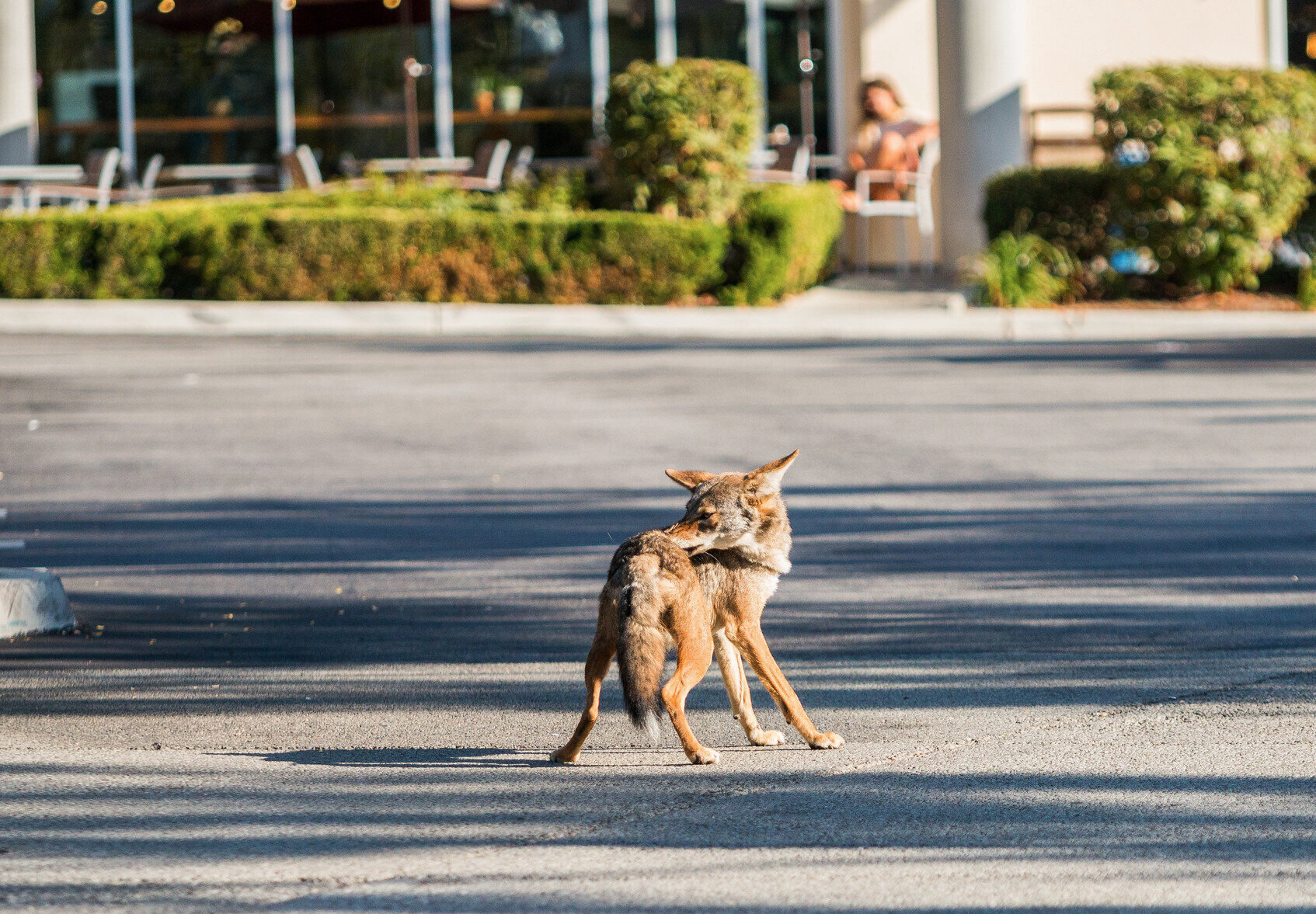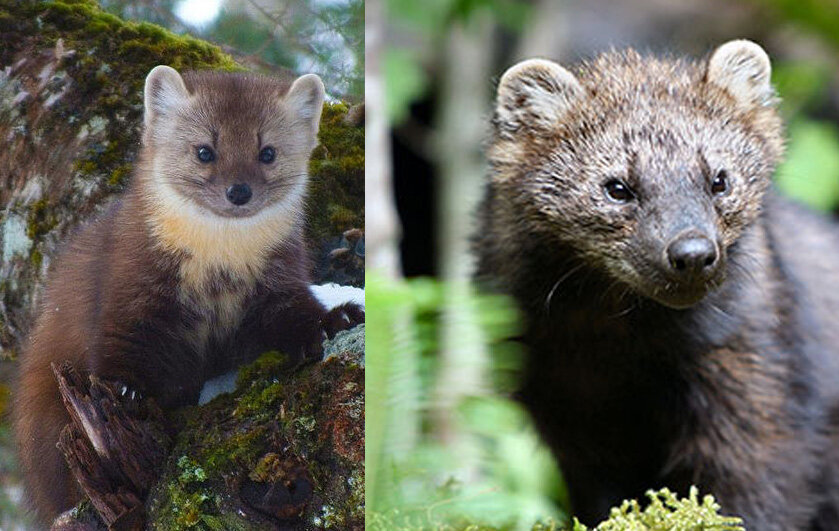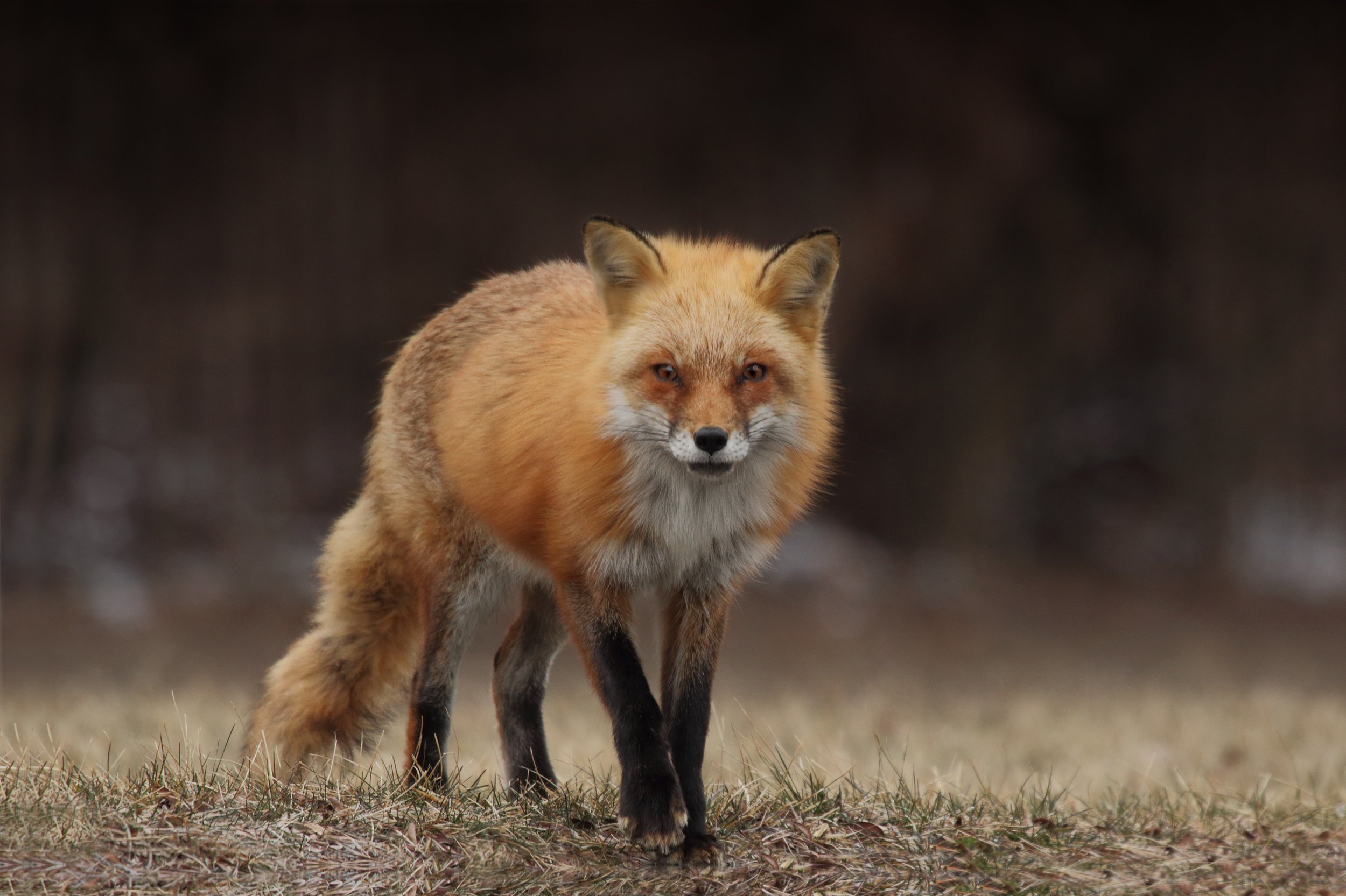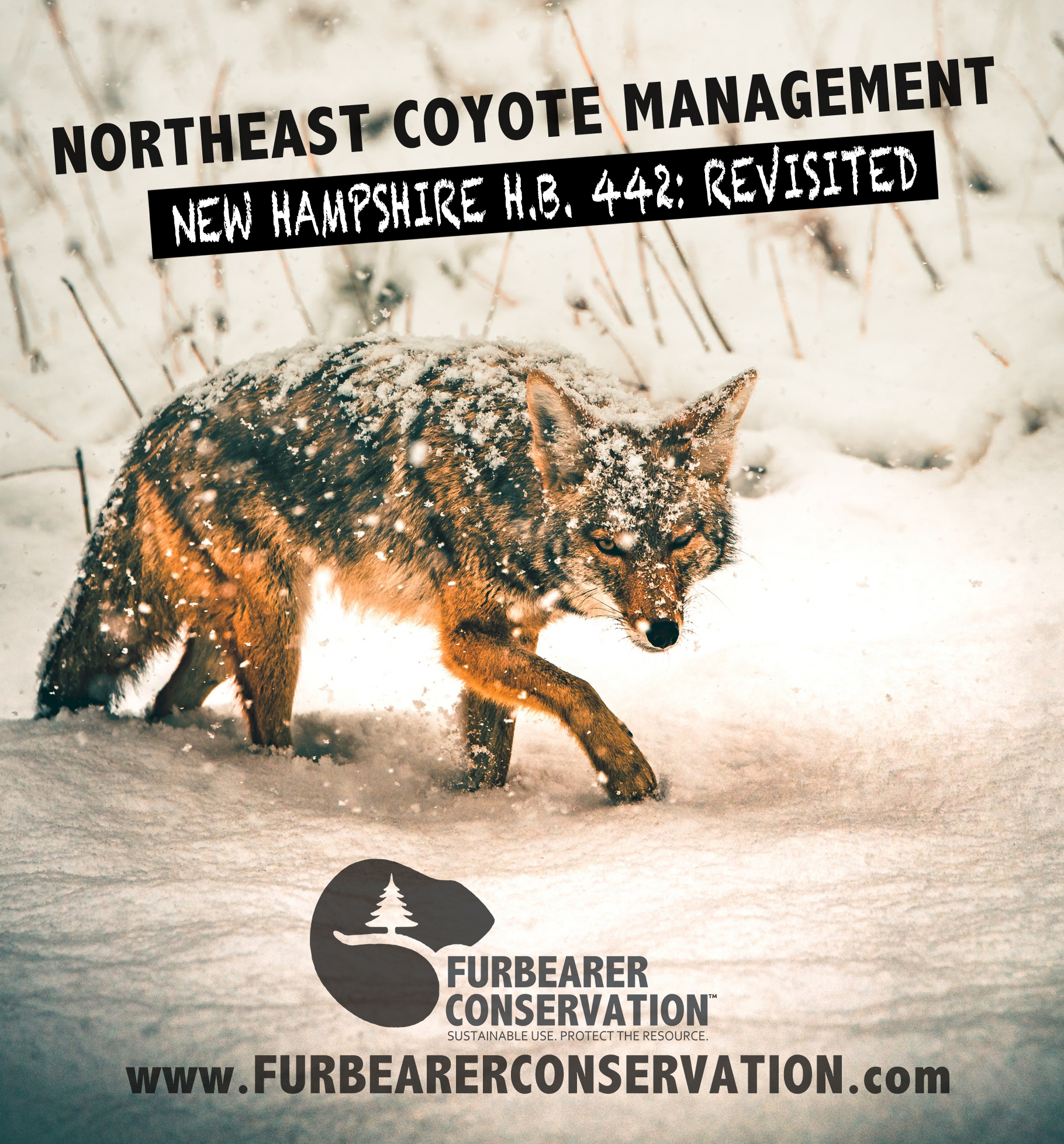Sustainable Use. Protect The Resource.
In addition to the political balancing act, Mason will oversee 200+ employees, and a plethora of departmental divisions which range from focus on game management to conservation of endangered species, to land and habitat management, law enforcement, and landowner relations with regard to public use and nuisance wildlife conflict.
The Furbearer Conservation project is proud to support the efforts of the Congressional Sportsmen’s Foundation (CSF) and other conservation-minded partners in encouraging individuals and families to enjoy the outdoors while practicing #ResponsibleRecreation. Conservation funding streams and associated economic benefits are immensely dependent on the public’s willingness and ability to use recreational resources in a responsible manner to ensure these resources are preserved and available in the future.
A newly published study reveals that river otters (Lontra canadensis) now inhabit most of their historic range in the U.S. and, more importantly, that no states are reporting declining otter populations. In fact, the study reveals the river otter may actually be approaching maximum geographic distribution in the United States.
A proposed ban on regulated beaver trapping in (of all places) “the beaver state” has pitted wildlife officials against animal activists, and science against social discourse. Beavers have long been associated with the early history of Oregon’s settlement, bringing commerce and trade to the region during settlement, and their pelts today still hold value to a determined sector of the state’s citizenry.
Trapping especially has a tendency to be heavily criticized. In contrast, its also an activity that is heavily supported by professionals as an integral tool in the wildlife management playbook. While licensed trappers are often the primary focal point of criticism and scorn, what is NOT often recognized is the working relationship between state agencies, wildlife professionals, licensed trappers, and the general public.
Meandering through the notches and scenic byways in the shadow of the White Mountains gives one time to reflect, ponder, and envision what life would be like in such a remote area. Its hard to imagine that the once pristine and vast wilderness of the Whites (now heavily laden with tourists and recreationalists of all stripes) was once home to many a die-hard yankee - living off the land and its self-reliant spoils.
Have you ever seen a Fisher swimming? New trail camera video evidence confirms even non-aquatic species will utilize the path of least resistance when presented the opportunity.
How are abundant and urbanized wildlife adapting to shifts in human presence? Some species feel the strain while others thrive.
This dichotomy of differing levels with regard for the coyote further polarizes the debate. There’s a lot of people who truly love coyotes, and a lot of people who truly hate ‘em. This makes for quite the balancing act for impartial wildlife professionals when the topics of management, regulated cull, and public safety-driven pest control begin to swirl in the same social cauldron.
This week, the lynx is the latest to reap social media tidings as two separate videos released by Hinterland Outdoors demonstrate the animal’s insatiable charisma for viral video stardom.
There have been more than half a dozen fox attacks in the area in just six months, with one unfortunate Bath resident being attacked on two separate occasions. The rash of fox attacks in the mid-coast of Maine has prompted formal action from at least one town, according to reports.

Soaking up the conservation bandwidth in New England:
YOUR SOURCE FOR FACTS, FIGURES, AND THOUGHT-PROVOKING DISCUSSION ON WILDLIFE MANAGEMENT, WILDLIFE CONFLICT CONTROL AND OUR SUSTAINABLE ROLE IN THE NATURAL ENVIRONMENT.
Both members of the weasel family, fisher and marten tend to inhabit similar areas within their habitat range while competing with one another over valuable resources and food within that habitat. However, while the larger Fisher has managed to adapt immensely well to agricultural, suburban, and slightly more southern expanses of its home range, the marten is far more fickle with regard to altered habitat impact.
New Hampshire is fortunate to have a group of sportsmen and women who are passionate about wildlife, conservation and their sport like no other group I have known in three decades as a wildlife biologist in the Granite State. They are this state’s trappers.
For many, the decision came as no surprise, given the historic (and often questionable) legislative decisions and ballot reforms that have plagued "the Sunshine State" for decades. Equally important to note - the recent passage of a ban on trapping is just the first in a line of restrictive animal-use legislation. What does it mean for the citizens of California?
What does the fox say? It depends on which of the 45 subspecies of red fox you ask! As it turns out, an original or “native” red fox subspecies did inhabit montane and glacial areas of North America prior to European settlement; it just wasn’t indigenous to where early settlers were colonizing in the eastern United States.
The Wildlife Ecology Institute has recently announced new research being conducted to dive into the ‘rat’s potential role as an indicator species for wetland quality in the Great Lakes Basin. Researchers are reviewing multiple sources pertaining to muskrat population data, such as state trapper reports and counts of muskrat huts, and comparing those data sets with that of wetland quality, and additional sensitive wetland-wildlife species.
The knee-jerk cliché “they were here first” argument may very well be a valid one, but it detracts from the core issue; how do we continue to live among what has become, for lack of a better term, an evolutionary unprecedented apex predator?
To date, Staten Island has invested $4.1 million into their sterilization project, according to reports released Friday. The city hired wildlife contractors White Buffalo to carry out the project in 2016. It would be the world’s first attempt to curb deer by sterilizing only males, according to media reports. The borough’s herd reached approximately 2,053 individuals in 2017 which amounted to an 8,454% increase in less than a decade.
Pathologists with the New Hampshire Veterinary Diagnostic Lab at the University of New Hampshire have been working on study of CDV in multiple wildlife species for a few years. The disease may already be having an impact on populations of wild mesocarnivores in New Hampshire and New England, including fox and fisher.
Just as the acorn mast abundance of two years ago drove a rodent explosion last year, I’m confident the expansion in rodent presence will drive a “cyclical boom” in New England’s predatory species this year.
While most folks are discussing the rise in problems with coyotes, lawmakers in one Northeast state are calling for more protections. House Bill 442 is currently floating around in New Hampshire’s state house. The bill mandates a closing to coyote hunting from April 1st through August 31st.
Listen to my guest appearance on the CTS Podcast:






















Although closely related to polecats and other members of the weasel family, skunks have recently been re-categorized into their own niche subfamily in the world of North and South American mammals. Those descendants have since evolved into 12 species, most of which may be a common visitor in your backyard depending on where you live.